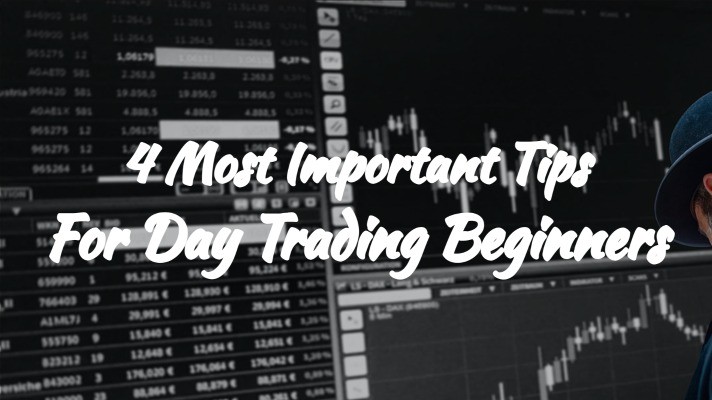A sentiment trader is an individual or organization that seeks to profit from changes in the sentiment of a particular market or security. This can be done through a variety of methods, such as analyzing social media or news headlines, or conducting surveys or polls to gauge public sentiment.
What is a sentiment trader?
A sentiment trader is an individual or organization that seeks to profit from changes in the sentiment of a particular market or security. This can be done through a variety of methods, such as analyzing social media or news headlines, or conducting surveys or polls to gauge public sentiment.
There are a few key strategies that sentiment traders often use:
Contrarian trading
This involves taking a position opposite to the current sentiment of the market. For example, if the sentiment is bearish (negative), a sentiment trader might take a long position (betting that the price will rise).
Momentum trading
This involves taking a position in the direction of the current sentiment of the market. For example, if the sentiment is bullish (positive), a sentiment trader might take a long position.
Trend following:
This involves taking a position in the direction of a long-term trend, regardless of the current sentiment of the market.
Data analysis
Sentiment traders must be careful to avoid getting caught up in the emotions of the market and to base their trades on data and analysis rather than gut feelings. It is also important for sentiment traders to diversify their portfolio and manage risk effectively.
Questions and answers
How do you trade with sentiment?
There are several strategies that sentiment traders can use to trade with sentiment. These include contrarian trading (taking a position opposite to the current sentiment of the market), momentum trading (taking a position in the direction of the current sentiment of the market), and trend following (taking a position in the direction of a long-term trend, regardless of the current sentiment of the market).
What is the best sentiment indicator?
There is no one “best” sentiment indicator, as different indicators may be more or less useful depending on the specific market or security being traded. Some commonly used sentiment indicators include social media analysis, news headline analysis, and surveys or polls of market participants.
What is sentiment analysis in trading?
Sentiment analysis in trading involves using various methods to assess the overall sentiment of a market or security. This can help traders anticipate future price movements and make informed trading decisions.
What is sentiment in crypto?
Sentiment in the cryptocurrency market refers to the overall sentiment of market participants towards a particular cryptocurrency. This can be influenced by a variety of factors, such as news events, regulatory developments, and market trends.
Is sentiment analysis profitable?
Sentiment analysis can be a useful tool for traders looking to anticipate future price movements, but it is not a guarantee of profitability. Like any trading strategy, sentiment analysis involves risk and traders should be careful to manage their risk effectively.
Does sentiment analysis work for trading?
Sentiment analysis can be a useful tool for traders, but it is not a guarantee of success. Like any trading strategy, sentiment analysis involves risk and traders should be careful to manage their risk effectively.
Is market sentiment a good investment?
Market sentiment can be a useful indicator for traders looking to anticipate future price movements, but it is not a guarantee of success. Like any investment, market sentiment involves risk and investors should be careful to manage their risk effectively.
The bottom line
Overall, sentiment trading can be a useful strategy for those who are able to accurately gauge market sentiment and use it to their advantage. However, it is not without risk and requires careful analysis and risk management.
Thank you for reading this blog post on sentiment trading. We hope you found it informative and insightful. If you have any thoughts or questions on the topic, we encourage you to leave a comment below. Your feedback is always welcome and helps us to improve our content. Thanks again for visiting our site and we hope to see you again soon!







